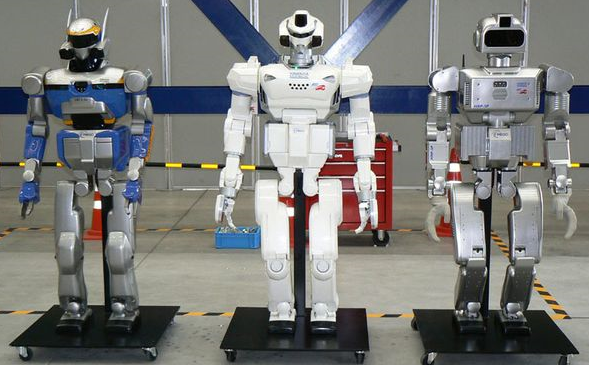Mars One: What Went Wrong?
Now that the company has dissolved, will we ever colonize Mars?

Travel to Mars would be dangerous, difficult, and expensive. So why do so many billionaires want to do it?
As long as there are people with unlimited means who believe the Earth’s days are numbered, they will be ready and willing to invest in their own survival. To determine whether or not space exploration is a sound investment for individuals, we must first look to the example of the failed Mars One, which aimed to establish a permanent settlement on Mars.
Mars One promised one-way tickets to space, where those who were lucky enough to secure an enviable position on a shuttle would become permanent residents of the Red Planet. However, it was recently discovered Mars One is bankrupt. What went wrong?
Mars One Proposed Timeline
This was the initial timeline set forth by the ambitious Mars One corporation, which believed they’d be able to begin colonizing Mars within the next few years.
2012
In 2012, the Mars One organization and its founder Bas Lansdorp announced their plan to colonize Mars by sending groups of “pioneers” on a one-way mission to space, never to return to Earth.
2013
In 2013, the first round of astronaut applications closed. In total, over 200,000 people applied.
2015
In 2015, the final 100 astronauts were chosen, boosting them to instant celebrity status, even though it was short-lived.
2020
One year from now, in 2020, Mars One planned to launch their first robotic mission.
2023
In 2023, Mars One planned to deliver the first colonists to Mars. They believed at least six groups of astronauts would complete this first mission.
How They Planned to Fund It
As we discussed in last week’s post, there are a handful of billionaires racing to become the first to use their own money to colonize Mars. However, that is not how Mars One’s flights were going to be funded. Incredibly, the original plan was to turn the Mars million into a self-funded reality television program.
Mars One and Big Brother producer Paul Römer believed they’d bring in enough in revenue by giving the average person a glimpse into how people prepared for the mission, from training through the eventual landing on the planet. The end goal was to get enough people to Mars that a new society could be created as an alternative to a future Earth that has been decimated.
If all went according to plan, at some point the ad revenue and/or paid viewers would dry up, and of course everyone eventually tires of TV shows, but Mars One didn’t think that far into the future. Unless, of course, they planned spin-off shows about the colonizers’ lives after their arrival. Now we’ll never see so much as a pilot episode.
Those who aimed to become one of the Mars 100 paid a $40 application fee. With 200,000 applicants, they collected $8M off application fees alone—still a far cry from their $6B goal.
Swiss documents were exposed on Reddit that Mars One was bankrupt about about to be liquidated. At the time the bankruptcy was filed, the company had fewer than $25,000 in their account, a far cry from the billions that would be required for a single mission.
Why Scientists Said It Wouldn’t Work
From the beginning, prominent scientists and engineers said Mars One wouldn’t work. The evidence leans heavily in their favor.
- Humans would need to grow their own food because they can’t bring enough from Earth to sustain them. These crops would produce oxygen, which would create pressure. If the nitrogen -generating equipment necessary to grow food should fail, everyone on Mars would suffocate within 68 days.
- Whatever environment is present on Mars now would be irreversibly damaged once humans arrived—bringing billions of bacteria with them. If there is life there now in any form, we could wipe them out, along with the conditions that might allow us to survive.
- The likelihood of the astronauts surviving the dangerous journey is highly unlikely. This equipment simply hasn’t been tested for long enough to make Mars One’s 2023 goal. In 2014 the company said they wouldn’t show a catastrophic event during a live broadcast, which is hardly comforting or confidence-inspiring.
Do you think Mars colonization is worth the money and effort? At TEOTWAWKI, would you trust today’s technology to safely usher you to a new society on a new planet?
Elon Musk’s SpaceX has plans to begin colonizing Mars as early as 2050. Musk has everything from new rocket fuels to refueling depots around the solar system in development. Will Musk reach his goal of seeing his Starship rocket make its first commercial flight in two years? It doesn’t seem likely, but with access to limitless funds and the most brilliant scientific minds of our times, it’s hardly out of the question.
Mars One goes bankrupt.
How the US Military could colonize Mars.



